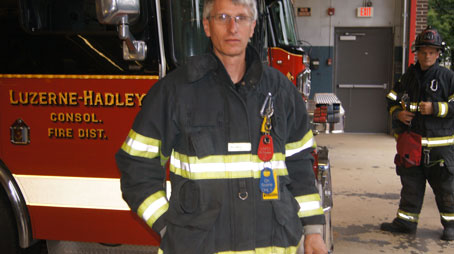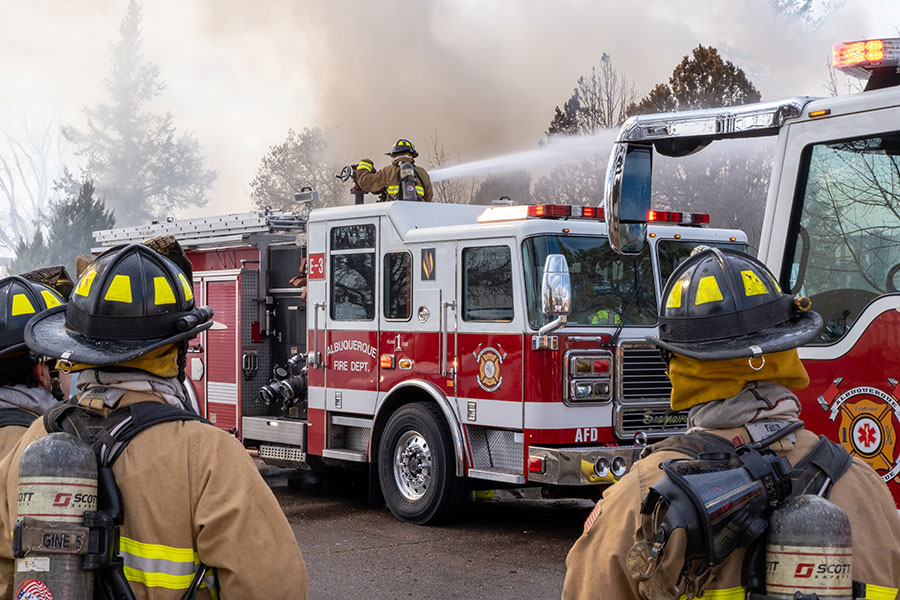“I can think of no more stirring symbol of man’s humanity to man than a fire engine.”
Firefighters tend to be the first in and the last out of some of the most dire situations one can imagine. This simple fact, compounded with the intense chaos of a fire scene, makes incident command and firefighter safety an extraordinary challenge, and one that has led to the development of various accountability systems in recent years. Now, to a certain extent, there have been some understandable complaints among firefighters regarding “oversafety” procedures complicating an already complex and high-stress situation on the ground; but make no mistake, this could never be said to apply to firefighter tags.
Accountability: Almost As Old As Firefighting Itself
Firefighting is an ancient occupation, and it has always been notoriously dangerous. In historical fire brigades, there have been some rudimentary accountability systems, such as numbered helmets; but their recognizable modern form in the United States is a more recent invention, which can be mostly traced to the “passport” system developed by the Seattle Fire Department in the 1990s. This system was introduced after a fatal fire during which a member of one of their firefighting brigades, by the name of Matthew Johnson, entered the burning building and never came out. The incident commanders had not realized that he was still in the building, as they had misread the number on another firefighter’s hat and mistook it for his.
The usage of such firefighter tag systems spread rapidly, but it became nearly universal in the wake of 9/11 and the destruction of the Twin Towers, an event that led to radical reforms in professional fire safety procedures across the country.
Firefighting Technology Evolves Through Tragedy
It is sadly the case that it very often takes one catastrophe to prevent similar ones from ever reoccurring, as was the case in the death of Baltimore fire safety officer Lt. James Bethea. In November of 2014 he was responding to a rowhouse fire when he fell through a floor and became trapped in the basement, where he perished. As he was working alone, and there was no accountability system being used at the time, no one even realize he was missing and unaccounted for until more than three hours later, when a fellow firefighter spotted his car parked outside the scene of the fire. Stricter accountability protocols were instituted in the aftermath of that incident to make sure it never happened again.
Abroad, a similar story comes from Marne, Germany. On the 6th of December 2015, an interior team failed to register with the accountability officer before entering the burning building, whereupon they spontaneously reorganized and swapped partners. Tragedy struck when the fire flashed and they got disoriented while retreating through the staircase, resulting in two firefighters being trapped behind a closed door. One managed to escape, while the other transmitted a Mayday distress call; but because nothing they had done was communicated or registered in the accountability system, the location of the missing firefighter was unknown, and it took 42 minutes to find him, by which time it was too late. He had already died.
This incident highlights not just the importance of having firefighter tags, but also the discipline of properly using the accountability system. Such stories may be hard to read, but they are cautionary tales that came at a steep price, and so it is the duty of other fire departments to learn from tragedy without replaying it themselves.
To sum up, accountability systems are necessary to make sure everyone fighting a fire goes home safe and sound at the end of the day. Ketchum Mfg. Co. produces high-quality firefighter tags to meet this need and to make sure no firefighter gets left behind.








